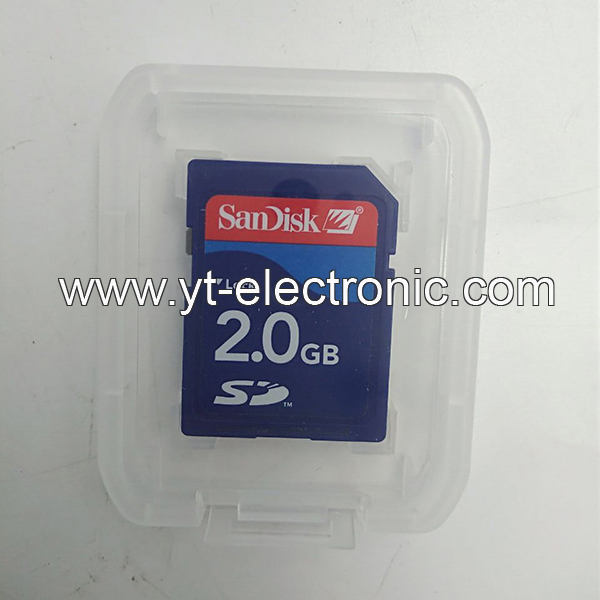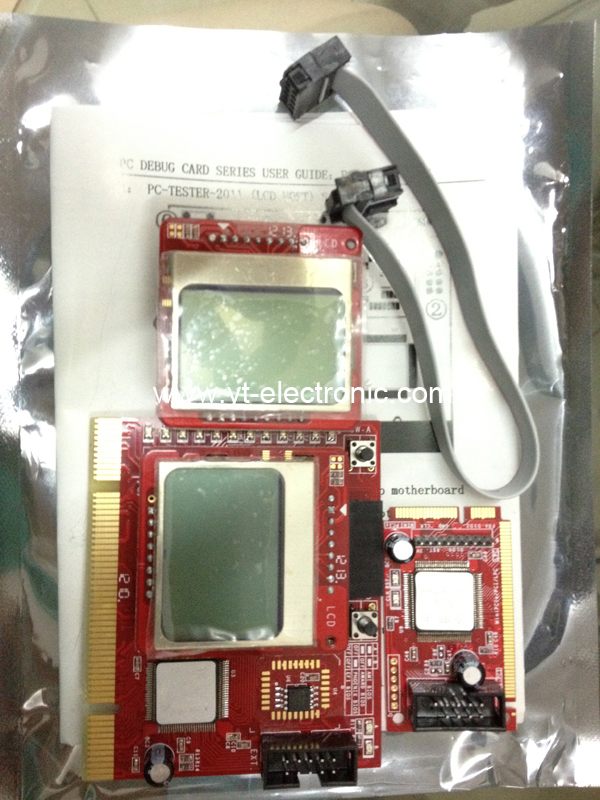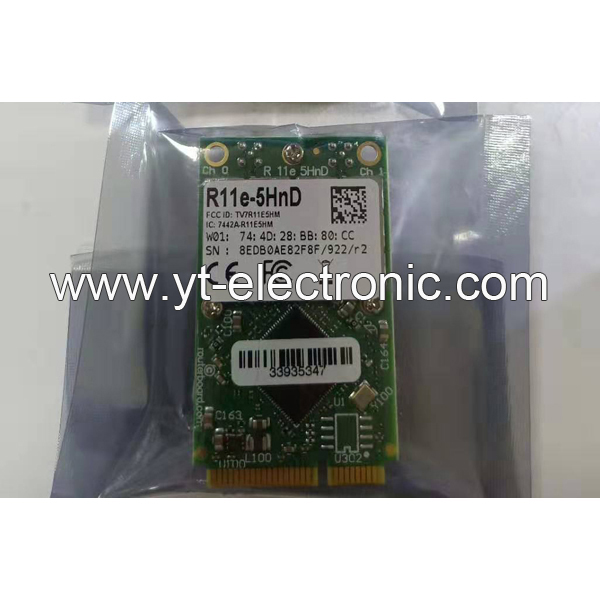Motors, Actuators, Solenoids and Drivers
1. Core Components Overview
Motors: As the power source of mechanical systems, common types include DC motors and brushless motors. Portescap's 20DAM series digital linear actuators combine high linear force (up to 108 ounces) with low-cost design for precision control scenarios.
Actuators: Responsible for converting electrical signals or energy into mechanical actions, they are widely used in industrial automation, aerospace and automotive fields. They include mechanical, electronic and electromagnetic types.
Solenoids: A type of electromagnetic actuator that drives the core to move through the coil current. They are commonly used in valve control, switch devices, and automotive transmission systems. For example, Unick's transmission actuators include solenoid valves and valve assemblies for emission control systems.
Drivers: Provide control signals and power output for motors and solenoids. Texas Instruments' (TI) motor driver solution solves the current fluctuation and efficiency problems in solenoid drive by optimizing the power architecture.
2. What are Motors, Actuators, Solenoids and Drivers Used for?
Industrial Automation: The growing demand for high-density digital I/O modules drives controllers toward compact, low-heat designs to support the integration of more sensors and actuators.
Automotive Systems: Solenoids and electromagnetic actuators are used for transmission control, fuel injection, etc. and need to withstand high temperatures and vibration environments.
Medical Equipment: Portescap's motor technology is used in medical infusion systems, emphasizing high precision and reliability.
3. What are the Technology Trends and Challenges of Motors, Actuators, Solenoids and Drivers?
Integrated Design: ADI Trinamic™ proposes an intelligent drive solution that improves actuator response speed and energy efficiency by integrating driver chips with edge computing capabilities.
Drive Optimization: The inductance characteristics of the solenoid and the change in mechanical load require the driver to have dynamic current regulation capabilities. TI's solution reduces electromagnetic interference through adaptive algorithms.
High-density Control: Industrial controllers need to process more digital I/O signals in a limited space, driving innovations in modular circuit design and heat dissipation technology.
4. What is the Industry Development Direction of Motors, Actuators, Solenoids and Drivers?
Intelligent: Actuators and drivers gradually integrate real-time feedback and communication functions to support remote monitoring and predictive maintenance.
Energy efficiency improvement: The popularization of brushless motors and low-power drivers helps industrial equipment reduce energy consumption.
Motors, Actuators, Solenoids and Drivers FAQs
1. How do you choose a suitable motor driver?
The following factors should be considered comprehensively:
Motor Type: DC, stepper, or AC motors need to match the corresponding driver;
Control Accuracy: For example, the stepper motor driver needs to support subdivision control;
Power Requirement: Select according to the load current and voltage range;
Integration Capability: Whether it supports the communication interface with the microcontroller or PLC.
2. What is the relationship between the driver and the motor device?
The driver and the motor together constitute a complete drive system. The driver directly affects the performance of the device (such as energy consumption and quietness) by adjusting the power conversion efficiency, while the motor body determines the upper limit of the mechanical output.
3. How does the high-density digital IO module optimize the controller design?
In industrial automation, high-density IO modules reduce the use of discrete components by integrating FET and signal conditioning circuits, thereby reducing the size and heat generation, and supporting digital signal processing with more channels.
4. What are the common faults of motor drivers?
Overheating: caused by overload or poor heat dissipation;
Abnormal Control Signal: such as pulse loss or unstable voltage;
Interface Compatibility Issues: mismatch with the communication protocol of the microcontroller or sensor.
5. What are the common communication interfaces between the driver and the microcontroller?
PWM Signal: control speed or position through pulse width modulation;
UART/I2C: used for parameter configuration and status feedback;
CAN Bus: suitable for industrial multi-node communication scenarios.
6. What are the possible causes and solutions for actuator response delay?
Mechanical Jam: lubricate or replace worn parts;
Drive Signal Delay: check the controller code logic or signal transmission path;
Insufficient Power Supply: ensure that the supply voltage and current meet the load requirements.










